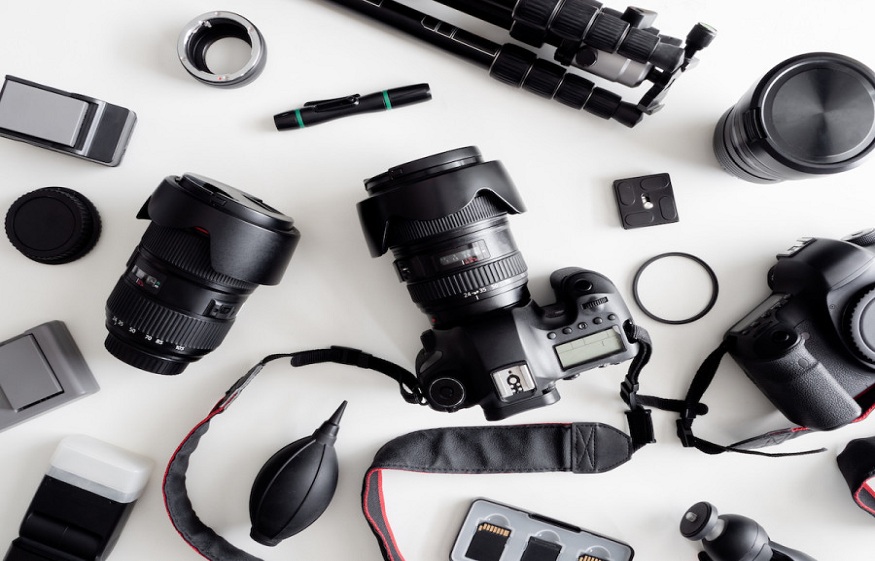In order to be a successful portrait photographer, you’ll need to have a good collection of gear to help you perform your work properly. Whatever your style of portrait photography is, whether you practice in the studio or on location, we take a look at the best lenses for photography. The lenses that each and every portrait photographer uses for their photography are the same regardless of whether they capture on Sony, Nikon, Canon, or any other camera system. Typically, they are concerned with a long-term field range depth, large apertures and are well-known for their razor sharpness and sharpness at close range. Portraits may be used for a variety of purposes, from wedding to street photography and from studio to location photography.
Bruce Weber sheds some light on the best camera lenses you must know about
-
Zoom Lens with a Wide Field of View
To put it simply, a wide-angle lens has a broader field of view, which allows you to fit so much into your camera frame.
Wide-angle lenses typically have a focal length of 24-35mm on full-frame sensors and a focal length of roughly 16-24mm on crop sensors. Bruce Weber says that a 24-mm or shorter focal length is required for ultra-wide-angle lenses that capture significantly more of a picture.
-
Telephoto Lenses
Telephoto lenses have such a long focal length (beyond 60mm) and amplify the subject, enabling you to shoot images of subjects further away than you can with a standard lens. Moreover, they provide excellent background blur, which helps to distinguish your subject from its surroundings.
A “mid-range” telephoto lens is between 70 and 200mm in focal length, while a “super-telephoto” lens is greater than 200mm in focal length. A lens’s weight and bulk grow as its focal length increases; therefore, you’ll need to utilize a tripod or dramatically increase your gym workouts in order to maintain the lens’s quality.
It is preferable to use a telephoto lens outdoors due to the fact that they are typically rather large, especially if there is a significant distance to both you and your subject.
-
Ultra-Wide-Angle/Fisheye lenses
It is referred to as an “ultra-wide-angle lens” when the focal length is smaller than 14mm. Because the range of view is so large, the image is twisted and curled around the edges of the frame. The fisheye lens gets its name from this effect, which makes it appear as if you are gazing through to the eye of a fish when you gaze through it.
Ultra-wide-angle lenses provide a very large field of vision. On the other hand, Fisheye lenses have such a limited appeal among photographers because of the warping effect. When it comes to fine art photography, they’re mostly employed for such visual effects. However, extreme activities such as skateboarding as well as surfing are frequently associated with them.
-
Kit Lens
Your DSLR or interchangeable-lens camera most definitely came with such a standard “kit” lens as part of the package when you purchased the camera. On a full-frame sensor, these zoom lenses have focal lengths ranging from 35 to 70mm, while on a crop sensor, they have focal lengths ranging from 18 to 55mm.
Since it covers the much more common focal lengths, a kit lens is versatile and simple to use. A moderate wide-angle lens to a moderate telephoto lens is suitable for almost every application.
Most cameras come equipped with one of these lenses because of their versatility. A kit lens is designed to be used in a variety of situations, whether you’re shooting landscapes, portraits, action photographs, or urban scenes. If you’re shooting something near to medium distance and don’t need to zoom in on something far distant or get up and personal with a little object, these lenses are your best bet.
In the opinion of Bruce Weber, make sure that each of your photos turns out to be a master artwork, you should know about these lenses and when to use them.

